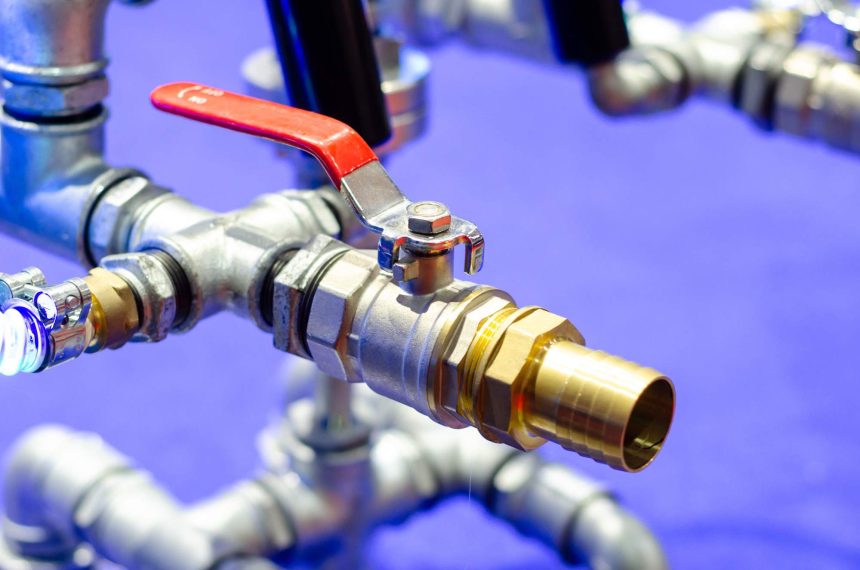Choosing the right gas valves for your needs is one of the most important choices you can make. Picking the wrong industrial gas valve can compromise your whole system, costing you thousands of dollars. The first step to avoiding this is to know your valves!
Knowing the different types of valves available will allow you to make the correct decision of what valve your system needs. What are the different kinds of valves? Read on to learn five things about the types of valves used in the oil and gas industry.
1. Butterfly Valve
The butterfly valve stops, starts, and regulates the flow of oil and gas through the pipeline. Designed to cut pressure loss, butterfly valves exist in a variety of sizes. These valves are reliable and don’t need a lot of maintenance.
No matter the valve, make sure they are properly lubricated. Oil gas lubricants are as important as the valves themselves. Proper lubrication prevents damage to the valve and pipes and saves a bunch of money.
2. Needle Valves
A needle valve uses a narrow opening and a needle-shaped plunger to regulate the flow of gasses. The purpose of the needle valve is to keep the flow of gas consistent over time. This is especially important over long periods.
Keep in mind, needle valves may not be the best choice when faced with higher-pressure systems. The small diameter of the control needle can take damage over time as the gas velocity increases. Make sure you know the pressure of your system!
3. Metering Valves
More resistant to damage and dirt build-up than needle valves, metering valves reduce long-term maintenance costs. Designed for high-precision control of flow, they work well for low-pressure applications. They can be a step up from needle valves.
4. Relief Valves
Pressure management is of high importance in a gas system. If it gets too high, the system could take damage, reducing the health and longevity of the system. It can also be a health risk to you and your workers.
Connecting a relief valve to a secondary section of the system that channels gas away from the main network allows the system to relieve excess pressure on the main pipeline. This is the safest way to relieve that pressure since many of the gasses the industry uses are toxic. It is not safe to vent these gasses into the atmosphere.
5. Stopcock Valves
One of the oldest types of valves used in the oil and gas industry, the stopcock valve has a simple design. The stopcock valve uses a faucet component that opens and closes the valve. The valve has no internal machinery and needs to be manually operated.
The stopcock makes for a good manual shutoff system in case of emergencies. They are best used in conjunction with other valves such as the needle valve or the butterfly valve. Automatic regulation is still the most ideal solution, but a backup shutoff never hurts!
Gas Valves
There are more valves than these, of course, but these five are some of the most common you will find on a pipeline. More specialized valves exist, some of which do amazing things. Never stop learning new things about your industry!
Enjoy this article? Then don’t forget to check out our blog for more interesting articles!















